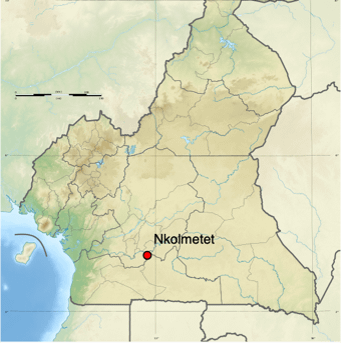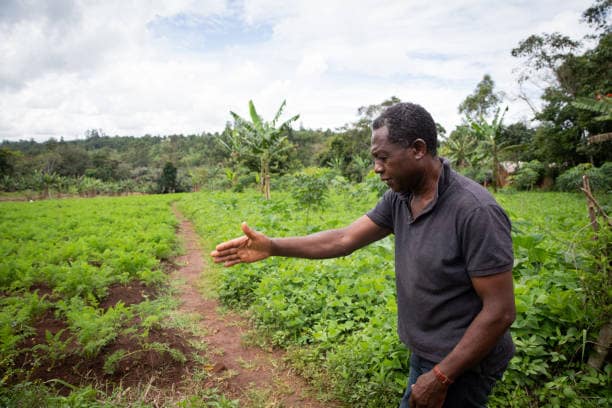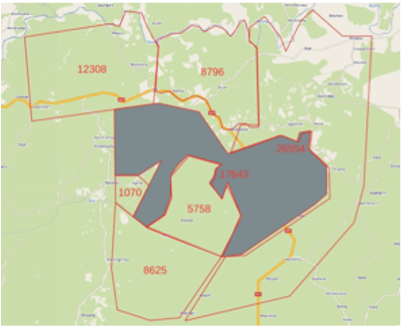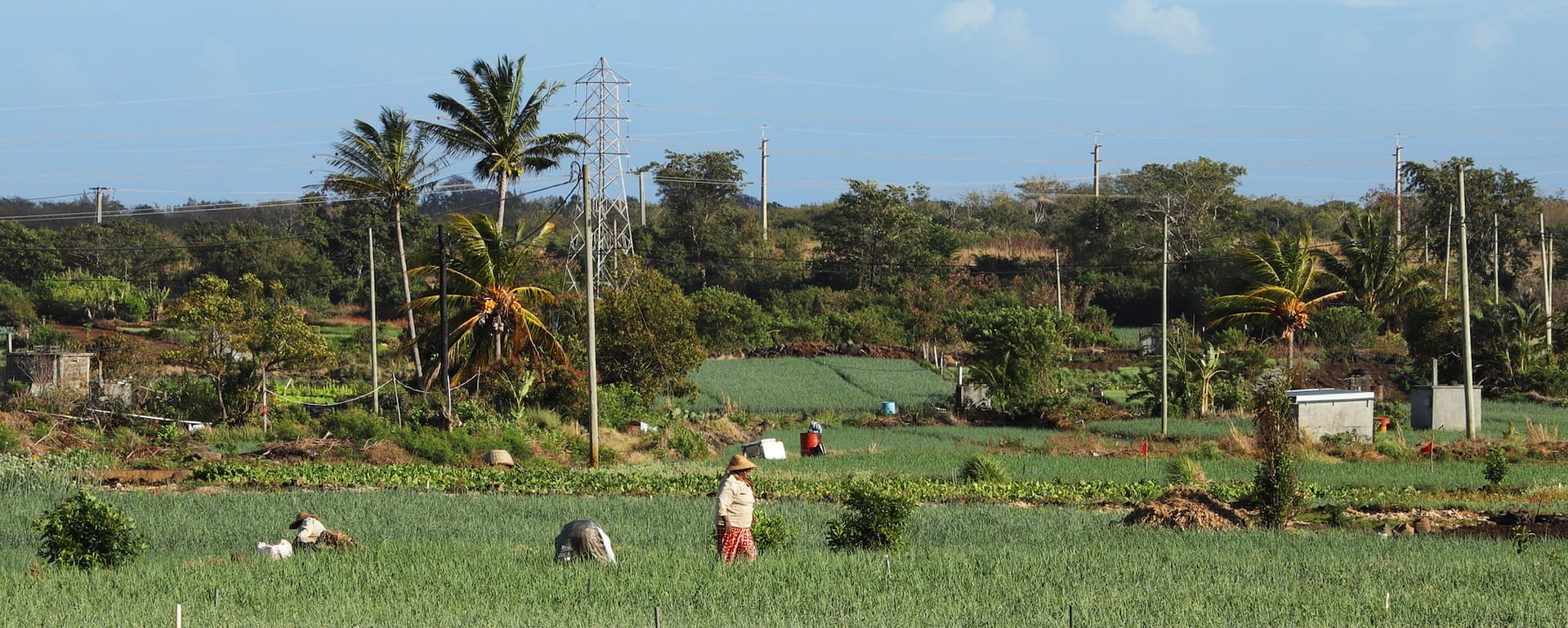Republic of Cameroon : The Nkolmetet Ngombafan project – 2022-2023


Context
The Municipality of Nkolmetet was created in 1995 and became a sub-prefecture in 2011. Since the promulgation of the law No. 2019/024 related to the General Code of Decentralized Territorial Communities, cooperation between the State and the sub-prefecture of Nkolmetet was structured to support:
- For the Republic of Cameroon, the “Contribution Determined at the National Level”– CDN, which describes the country objectives for the reduction of Greenhouse Gas emissions (GE) accompanied by proposals for adaptation measures.
- For Nkolmetet, the creation of a local sustainable development centre based on the two riches of the territory : water and forest.

Rich in natural resources but threatened by the degradation of its forest, its lands, and its waters, with a particular acuity linked to the ongoing climate changes, a specific Nkolmetet territory, going from the right banks of the Nyong River to the left banks of the So’o River, representing 80,000 hectares was considered for a Degraded Land Restoration project.
At the initiative of the Mayor of Nkolmetet, LDN Advisory, a consulting structure whose expertise is based on the identification, design, and structuring of agro-forestry redeployment projects with a strong focus on local populations’ participation, was approached to carry out a Restoration Feasibility Study.
First mission, july 2022
A first mission realized by LDNA in July 2022, made it possible to identify around the municipal forest of Nkolmetet, the perimeters of 3 community forests, as well as a part falling within the national domain, which could constitute the overall perimeter of a holistic territorial project combining the neutralization of the degradation of land and forests and the reactivation of economic development putting village communities at the heart of the approach. The territory thus concerned was estimated at 80,754 hectares. The population concerned (32 villages) amounts to approximately 30,000 inhabitants, 45% of whom are under 20 years old. It is essentially rural (75%): from 3,500 to 4,000 families with an average of 7 members per family. The project was named by the village communities consulted as “Nkolmetet Ngombafan”.
Problems and weaknesses
The July 2022 mission identified the following problems and weaknesses:
- A degraded fauna and flora biodiversity,
- The lack of technical, management and financial expertise to organize sustainable production,
- The fragile energy supply and the lack of communication networks, (roads, internet)
- The low availability of local labour (recruitment problem),
- The financial fragility linked to the level of precariousness of the local entrepreneurial community,
- The risk of abandonment of existing economic (agricultural) resources due to lack of attractiveness of the activity itself and living conditions in the village
- The weak housing supply,
- The lack of partnership networks with companies committed to “sustainable development governance” (SDG)
- Lack of a secure land management system : Delimitation and classification of forests, securing of the economic projects land base.
2 Land use categories were discussed with the local stakeholders in order to structure, stabilize and perpetuate the landscape:
- Sanctuary forest and wetlands (no exploitation other than guided ecotourism)
- Buffer forest (no exploitation of woody trees, hunting, collection of NTFPs)
- Managed forest (exploitation of woody trees according to a rigorous forest management plan, mandatory replanting)
- Forestry development (reasoned exploitation of all resources )
- Commercial agroforestry (cocoa, palm, rubber, mango, papaya, citrus) in eco-pasture
- Permaculture (annual subsistence crops and surplus sales)
- Whitewater fishing (regulated)
- Fish farming
- Rural housing and home garden (fruit trees, vegetables, small livestock)
- Urban housing with or without a home garden
- Public services and industrial and commercial activities with green spaces
Within those 12 land-use categories, the following components were identified:
- The certified organic cocoa (fair trade) – criollo under shade
- The revival of oil palm and rubber trees through the integration of young farmers
- A “Wood” certification from sustainably managed forests program
- Food permaculture
- The development of new activities:
- Medicinal and aromatic (essential oils)
- Farming of edible insects
- Agroforestry diversification (fruit trees, aromatics)
- Biomass to energy and composting
- Vegetables gardening in open fields and in passive greenhouses
- Semi-intensive poultry farming
- Ecotourism
- Fish farming
- Sustainable mining management under municipal control
Download this case study in pdf format :


